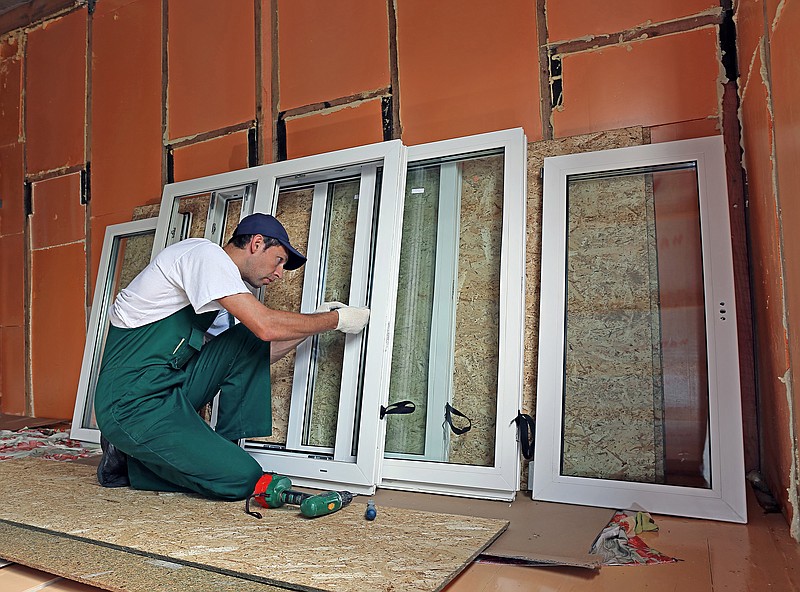Shopping for new windows means sorting through an overwhelming amount of numbers, options, performance factors and styles. But once you learn the basics, you'll work your way around the stats like a pro.
Before you dive too deep into the window buying process, first consider whether your existing windows are nearing the end of their lifespan. Aluminum windows generally last between 15 and 20 years, while wooden windows last around 30 years.
Efficiency also plays a major role. According to the Department of Energy, heat loss or gain through windows are responsible for more than 25% of residential heating and cooling energy use. You can make a big difference in your energy bill by upgrading to more efficient windows.
Reading A window Label
Two labels provide vital information on window performance: the Energy Star label and the National Fenestration Rating Council (NFRC) label. Don't overlook these, because they tell you quite a bit about how much those windows can help you. The Energy Star label indicates the window meets energy efficiency guidelines set by the U.S. Environmental Protection Agency. Energy Star offers a climate zone map online that helps you select the best products for the area you live in.
A NFRC certification label verifies that a window meets their standards and provides performance information. This label rates a window's U-factor, solar heat gain coefficient (SHGC), visible transmittance and air leakage. These stats may look like alphabet soup, but they play a big role in how much energy you'll save! Here's a rundown:
1. U-FACTOR
Between .20 and 1.20. A window's U-factor is a measure of how much heat can escape a home by passing through the window. The lower the number, the better the heat retention.
2. SOLAR HEAT GAIN COEFFICIENT
Between 0 and 1. This indicates how much heat from sunlight a window can block. The lower the number, the less you'll spend on cooling.
3. VISIBLE TRANSMITTANCE
Between 0 and 1. This indicates how much light the window allows into your home. The higher the number, the more light is transmitted.
4. AIR LEAKAGE
Between 0.1 and 0.3. This refers to how much air infiltration a window product permits. The lower the rating, the less air will pass through the cracks.

